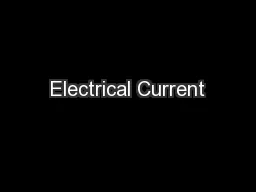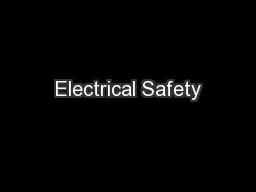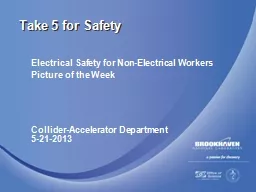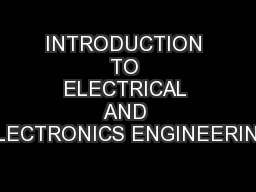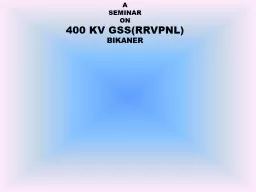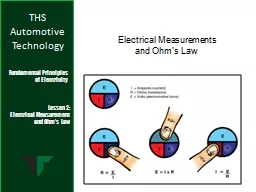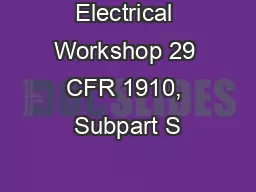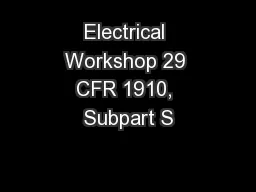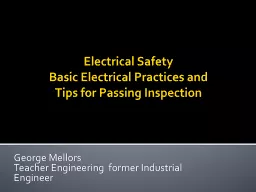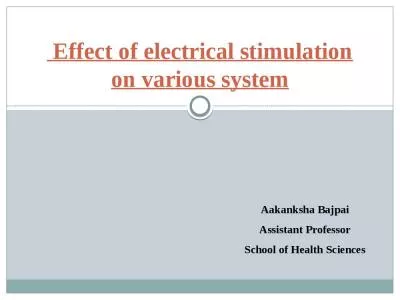PPT-Electrical Current
Author : calandra-battersby | Published Date : 2016-03-02
amp Circuits Indicators and Objectives PS66 Explain the relationships among voltage resistance and current in Ohms law PS69 Compare the functioning of simple series
Presentation Embed Code
Download Presentation
Download Presentation The PPT/PDF document "Electrical Current" is the property of its rightful owner. Permission is granted to download and print the materials on this website for personal, non-commercial use only, and to display it on your personal computer provided you do not modify the materials and that you retain all copyright notices contained in the materials. By downloading content from our website, you accept the terms of this agreement.
Electrical Current: Transcript
Download Rules Of Document
"Electrical Current"The content belongs to its owner. You may download and print it for personal use, without modification, and keep all copyright notices. By downloading, you agree to these terms.
Related Documents

